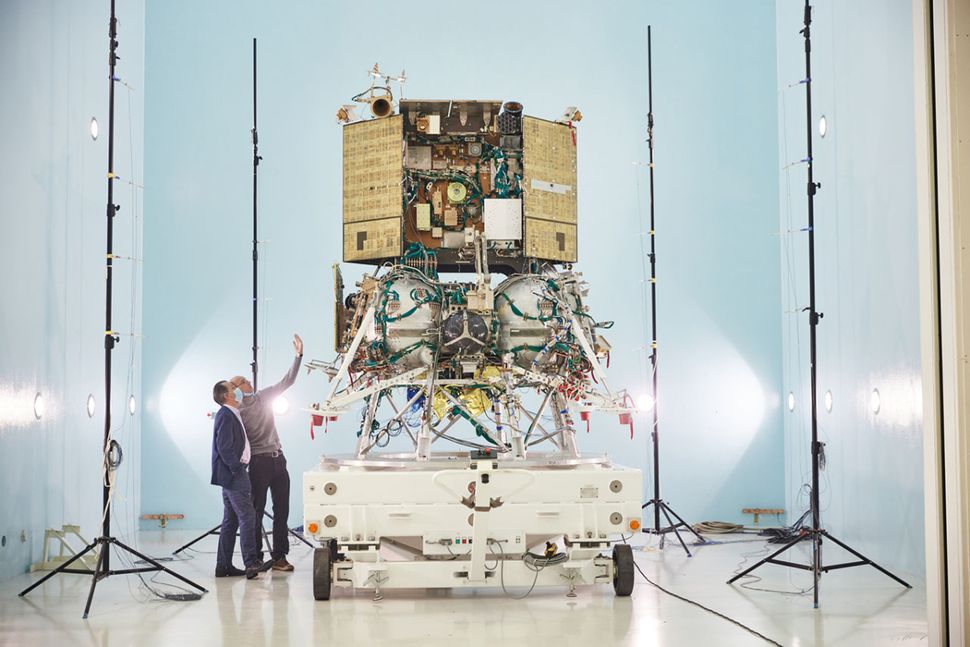Russia is ready to reactivate its moon exploration agenda, a former Soviet Union enterprise that ended decades ago. The last in the series of pioneering Soviet robotic lunar missions was Luna 24, which sent about 6 ounces (170 grams) of moon material back to Earth in 1976.
Russia's planned Luna 25 mission is set to kick-start a sequence of lunar outings that also involves Europe and China. For example, Russia intends to collaborate with China on the International Lunar Research Station, which is targeted to be operational by 2035.
Russia's rekindling of its lunar exploration objectives would clearly be bolstered by the success of Luna 25, a lander mission scheduled to launch
But how Russia and China's moon exploration plans will truly jell, and how this partnership might influence NASA's lunar "rebooting" via its Artemis program, are not clear.this July.
Main Tasks
Luna 25 is designed to operate on the surface of the moon for at least one year, making use of a suite of sensors to study the lunar topside and dust and particles in the moon's wisp-thin atmosphere, or exosphere.
According to Lavochkin, Luna 25 has three main tasks: develop soft-landing technology; study the internal structure and exploration of natural resources, including water, in the circumpolar region of the moon; and investigate the effects of cosmic rays and electromagnetic radiation on the surface of the moon.
The lander carries eight Russian instruments, including a robotic arm to scoop up lunar regolith, and one developed by the European Space Agency (ESA) — a camera called Pilot-D, a demonstrator terrain relative navigation system.
Destination
Luna 25 will launch atop a Soyuz-2.1b rocket with a Fregat upper stage from the Vostochny spaceport in the Russian Far East. The probe's primary destination is the moon's south polar region — specifically, a spot north of Boguslavsky Crater. (An area southwest of Manzini Crater is a backup locale).
Russia's NPO Lavochkin, a spacecraft building firm, constructed the lander, which is billed as a pathfinder probe for testing soft-touchdown technologies in the moon's circumpolar region and conducting contact studies of the lunar south pole.
Pavel Kazmerchuk, Luna 25 chief designer at Lavochkin, has stated that all scientific instruments have been installed on the probe. Electro-radio engineering testing is currently underway, to be completed in March. Development of onboard software for the craft is scheduled to be finished in April.
But Luna 25's road to the moon hasn't been an easy trek. Problems found during testing of the nearly 2-ton spacecraft spurred slips from an October 2021 liftoff to May 2022, and now the craft is being readied for a "preferred" July 23 departure.
"In 2021, the Luna 25 spacecraft has been fully assembled; a large amount of ground experimental testing has been performed. The spacecraft is to be launched from the Vostochny Cosmodrome within the launch window of May 25 to October 19, 2022, but we are aiming at July," Dmitry Rogozin, director general of Roscosmos, Russia's federal space agency, said in a statement last month.

Comments
Post a Comment